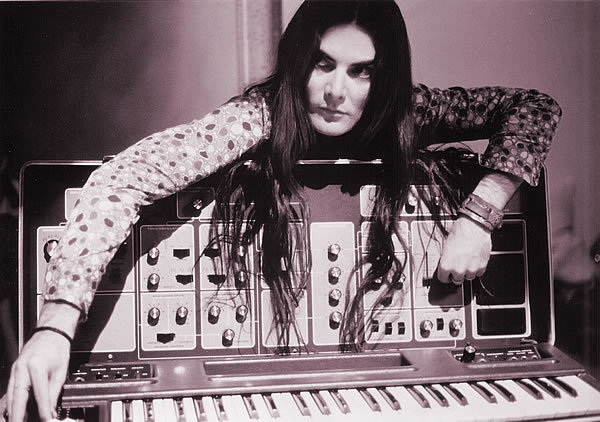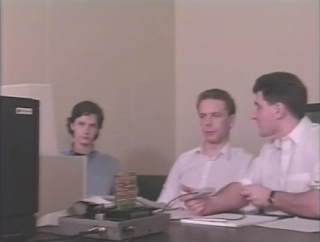A Brief History of Synthesized Music
Before computers were popular, a few musicians would experiment with the far-out astral sounds of the Moog Synthesizer:
 |
| Mort Garson - Early electronic musician, circa 1960s/1970s (notable for his bizarre electronic occult-themed albums, in addition to his work in many other genres including electronic covers of pop music such as "The Age of Aquarius" by The 5th Dimension. |
 |
Wendy Carlos - Early electronic musician, circa 1960s/1970s (notable for the soundtrack on Stanley Kubrick's "A Clockwork Orange". |
Fast-forward to the 1980s and the advent of the integrated circuit. Synths and machines that would take up entire rooms can now be squeezed onto a tiny chip the size of a coin. Among these chips would arise the "chiptune" scene. With computers becoming more and more popular and affordable, a computer known as the Commodore 64 would change the face of electronic music forever. Inside this cost-effective machine was a highly sophisticated chip called the SID chip. This chip boasted incredible sounds and attracted many computer owners into the world of chip music, including the great Rob Hubbard, Jeroen Tel, Tim Follin, David Wise, and Neil Baldwin to name a few. All of those people had their start programming music on the C64, and would also later produce phenomenal soundtracks for the beloved NES:
In 1985, the NES was released in North America. We all know it completely revitalized the dying gaming industry. Till this point, console games were fairly basic both in the graphics department as well as audio capabilities. The NES was the first home console to provide an incredible foundation for full and unique experiences, thanks to the Ricoh 2A03 CPU. Gone are the blips and bloops of Atari, now there's potential for a new form of entertainment. Much like how synthesizers accompanied many films in the old days, the Intergrated Circuit now accompanies the gaming world, providing an interactive experience never before witnessed.
Upon powering the NES up on Christmas Day, you see a cartridge called Super Mario Bros. You notice the vibrant colors and graphics, then you press start on the controller. Now, you're thrown into a world with a story and accompanying soundtrack. The music you're hearing gives you the strength and courage to fight through the game, conquering all the Koopas and collecting as many coins as you can. You see a pipe and you notice you can go down it. As you descend down the pipe, you are in a whole new underground world filled with coins everywhere. The music changes pace and you feel the mystery of the game, and the vastness of the world you're in. Truly amazing.
**INSERT HERE: Interviews with mentioned legends of NES compositions** If you were a composer for the NES during its era, please email me: nesartifacts@hotmail.com. I would love to conduct a small interview about your time composing NES music and how it was like back then. Thank you!













No comments:
Post a Comment